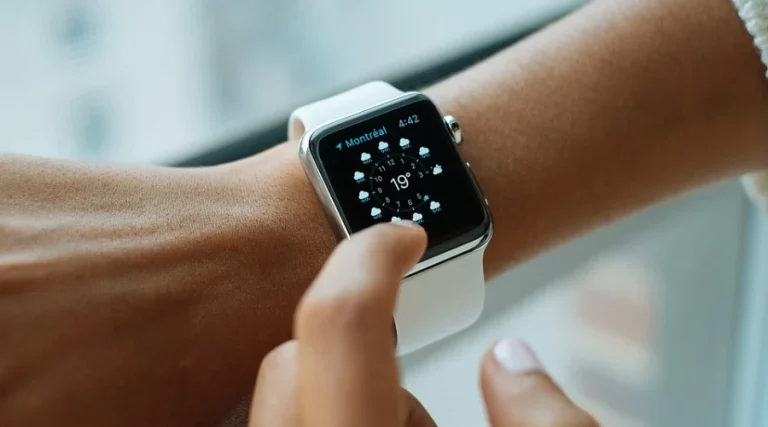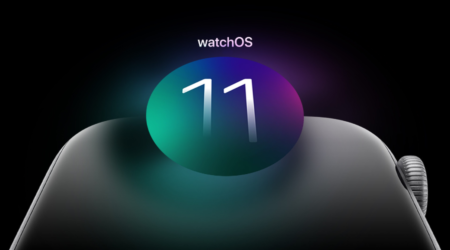A watch isn’t just a timepiece; it’s a reflection of your personal style and a representation of your lifestyle. Whether you’re looking for a timeless classic, a statement piece, or something with a few extra features, there’s a watch for everyone. In this ultimate guide, we’ll be exploring the different aspects of choosing the right watch for your lifestyle. We’ll be looking at key factors such as design, materials, movement, and budget, and taking a closer look at the variety of styles available on the market today. So, if you’re looking to make an informed decision that will best suit your lifestyle, then this guide is the perfect place to start.
Key Factors to Consider when Choosing a Watch
There are a variety of different factors you should consider when choosing a watch, including design considerations, material choices, movement types, budget considerations, style types, and popular brands, along with care and maintenance, and shopping tips. Let’s take a closer look at each of these key factors. Design considerations – Choosing the right watch design starts with understanding which type of watch best suits your lifestyle. For example, if you’re looking for a casual watch, then a gold or silver watch with a leather strap will go well with both casual and business attire. If you’re looking for a more professional piece, a stainless steel watch with a leather or metal strap is the way to go. If you’re looking for a more casual timepiece, a stainless steel watch with a rubber strap is a good option. Material choices – The type of material used in a watch is important to consider as it can greatly impact the overall look, feel, and longevity of the product. For example, stainless steel watches are very durable, hypoallergenic, and easy to clean. However, they are heavier and bulkier than watches made of other materials, like silver or gold. If you’re looking for a lighter watch, a watch made of materials like silver or gold might be the best option. In addition to the overall look and feel of a watch, the type of material used can also affect the price, so it’s important to keep this in mind when selecting your next watch. Movement types – There are two types of movements found in watches: Mechanical and Quartz. Mechanical watches are powered by a mainspring that is wound by hand, which releases the energy to power the watch. These watches are very accurate, but they require daily winding to keep them running. Quartz watches are powered by a battery and are very accurate, as well. However, they do not require winding. If you plan on wearing your watch frequently, a quartz movement watch might be the best option. Budget considerations – The price of a watch greatly depends on the brand, materials, and design. For example, a stainless steel watch with a quartz movement is typically less expensive than a gold watch with a mechanical movement. If you’re looking for the best bang for your buck, a stainless steel watch is a great option. Style types – The best way to choose a watch is to consider the type of style you’re going for, as well as the functionality. For example, if you’re looking for a casual, everyday watch, a stainless steel bracelet watch is a great option. If you’re looking for a more professional, stylish watch, a silver watch with a leather strap is the way to go. If you’re looking for a timepiece that can offer a little extra functionality like a diving watch, a stainless steel watch with a unidirectional bezel is a good option. Popular brands – As with any product, it’s important to choose a brand you trust and can rely on. There are many popular watch brands out there, including Rolex, Tudor, Breitling, Seiko, and more. Depending on the type of watch you’re looking for, you may want to consider one of these brands. Care and maintenance – The type of material used in a watch can greatly impact the frequency of cleaning and maintenance required. For example, stainless steel and silver watches are less susceptible to damage than a gold watch. A gold watch is more susceptible to damage and will require more frequent cleaning and maintenance due to its color. Watchband maintenance – If you wear a metal watch, it is important to regularly oil your watchband to prevent it from rusting. It’s best to do this with a few drops of mineral oil on a clean cloth. You can also use a commercial product like WD-40, but it should be removed before applying heat or submerging the watch in water. Shopping Tips – Before you begin shopping, you should have a clear idea of what type of watch you’re looking for. This can be done by deciding on the style, material, and budget you’re aiming for. Once you know what type of watch you’re looking for, it’s time to start exploring different brands and models to find the perfect one for you. You can do this online or at a local store; whichever is more convenient for you. Finally, when purchasing a watch, it’s important to do your research. Reading reviews from other customers and experts can be helpful when choosing a watch and ensure you’re getting the best product for your money. If you follow these key factors when choosing a watch, you’re sure to find the perfect choice for you.
Conclusion
Choosing the right watch can be a daunting process, especially when there are so many options to choose from. With so many variables to consider, it is best to start your search by considering the type of watch you would like, followed by the type of features you would like to see in your watch. From there, it is just a matter of finding the right watch that meets your needs. This process can be made easier by taking advantage of useful tips and information on the best types of watches to purchase based on your needs, as well as advice on where to find the best deals for these watches.



